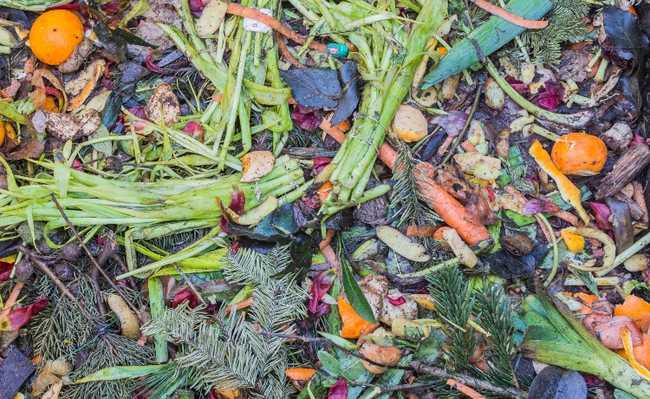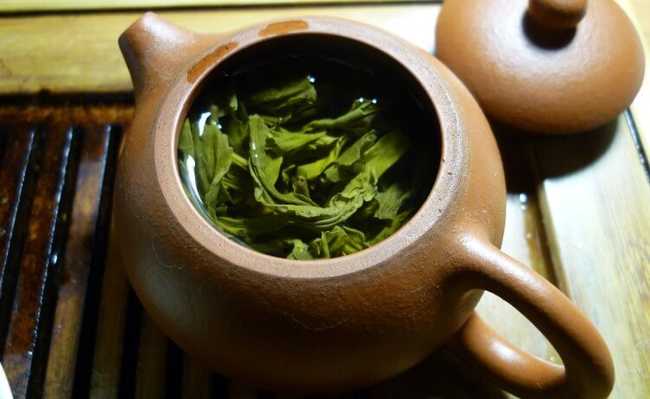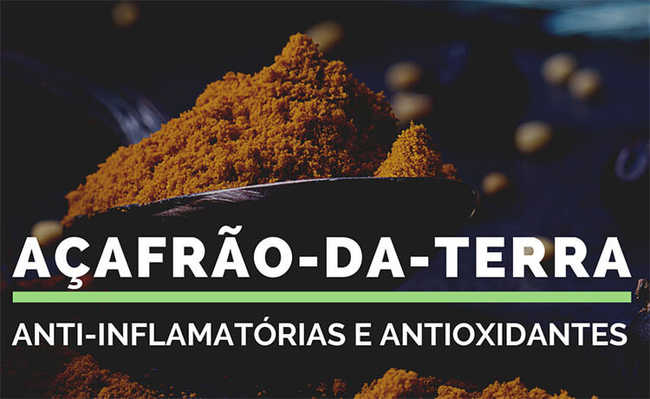Meet poisonous plants common in gardens
The use of poisonous plants for ornamentation is common and requires some care - especially for those with children or animals

Edited and resized images of JoaoBOliver and laminaria-vest, respectively, are available on Pixabay
The concept of poisonous plants covers all plants that, through contact, inhalation or ingestion, cause harm to the health of humans and animals. These plants have substances that can trigger adverse reactions, either by their own components or by inadequate collection and extraction of their constituents. Many poisonous plants are considered ornamental, being present in various environments around us, which facilitates the risk of intoxication.
Vegetables contain chemical components, called active principles, which cause similar effects in animals and humans. They are: alkaloids, glycosides, cardioactives, cyanogenic glycosides, tannins, saponins, calcium oxalate and toxialbumins. The action of the active ingredients varies from plant to plant - there are poisonous ones and also those that act as natural remedies.
In 1998, the National Toxic-Pharmacological Information System (SINITOX), in partnership with the centers in Belém, Salvador, Cuiabá, Campinas, São Paulo and Porto Alegre, created the National Program for Information on Toxic Plants. In addition to controlling and documenting the occurrence of poisoning by plants, the program has the objective of preparing and distributing educational materials on the prevention and treatment of these occurrences.
A review of studies on the toxicity of plant species concluded that the way in which poisoning occurs in humans varies with age. According to the survey, babies and children up to 4 years of age are more vulnerable to plant poisoning, which is the sixth leading cause of poisoning in this age group. They happen by ingestion or contact, mainly in homes, schools and parks.
"In young people and adults (20 to 59 years), plant poisonings are less frequent, occupying the 14th cause of poisoning in this age group. These poisonings occur mainly due to accidental contact, recreational use of some species, use medicinal and food", explains the research.
Also according to this study, among the elderly there is also a low incidence of poisoning by plants, occupying the 12th place among the causes of poisoning. However, it should be considered that normally the elderly use a high number of long-term use drugs, favoring the occurrence of interactions between drugs and plants.
Because it is a natural source, many people think that plants only bring benefits. In this perspective, the population uses them in conjunction with industrialized drugs, which can have synergistic effects and cause health interactions.
Examples of poisonous plants
Glass of milk

Image: by RebecaT by Pixabay
- Family: Araceae
- Scientific name: Zantedeschia aethiopica
- Toxic part: all parts of the plant
- Active Ingredient: Calcium Oxalate
Nobody can with me

Edited and resized image by André Koehne is available on Wikimedia and licensed under CC BY 3.0
- Family: Araceae
- Scientific name: Dieffenbachia spp
- Toxic part: all parts of the plant
- Active Ingredient: Calcium Oxalate
Tinhorão

Image: by Adriano Gadini by Pixabay
- Family: Araceae
- Scientific name: bicolor caladium
- Toxic part: all parts of the plant
- Active Ingredient: Calcium Oxalate
Ingestion or contact with any of these three plants can cause swelling of the lips, mouth and tongue, burning sensation, vomiting, profuse salivation, difficulty in swallowing and suffocation. If it gets in the eyes, it can cause irritation and damage to the cornea.
poinsettia

Edited and resized image by Scott Bauer is available on Wikimedia in the public domain
- Family: Euphorbiaceae
- Scientific name: Euphorbia pulcherrima
- Toxic part: plant sap (white liquid)
- Active ingredient: Latex
- On contact with the skin, the milky sap can cause swelling, burning and itching. If it gets in the eyes, it can cause irritation, watering, swelling and difficulty in vision. Ingestion, in turn, can cause nausea, vomiting and diarrhea.
Crown of Christ

Image: by JoaoBOliver by Pixabay
- Family: Euphorbiaceae
- Scientific name: Euphorbia milii
- Toxic part: plant sap (white liquid)
- Active ingredient: Irritating Latex
In contact with the skin, latex can cause irritation, blisters and blisters. If it comes in contact with the eyes, it causes inflammatory processes that trigger conjunctivitis and corneal damage. In case of ingestion, nausea and vomiting are the most common symptoms.
Castor bean

Image: by WoggaLiggler by Pixabay
- Family: Euphorbiaceae
- Scientific name: ricinus communis
- Toxic part: seeds
- Active Ingredient: Toxalbumin (ricin)
When ingested, the seeds can cause nausea, vomiting, abdominal cramps and, in severe cases, seizures, coma and even death. In addition, the plant has sharp thorns that can hurt children or animals. This toxicity does not affect castor oil, which is filtered.
White skirt

Edited and resized image by Arria Bell is available on Wikimedia and licensed under CC BY 2.5
- Family: Solanaceae
- Scientific name: Gentle Datura
- Toxic part: all parts of the plant
- Active ingredient: Belladonna alkaloids (atropine, scopolamine and hyoscine).
When ingested, symptoms can include dry mouth and skin, tachycardia, dilated pupils, flushing of the face, agitation, hallucination, hyperthermia (increased temperature) and, in severe cases, can lead to death.
Oleander

Image: laminaria-vest by Pixabay
- Family: Apocynaceae
- Scientific name: Nerium oleander
- Toxic part: all parts of the plant
- Active ingredient: Glycosides
The latex from its leaves or branches can cause skin inflammation and eye irritation. Ingestion causes symptoms such as burning in the mouth, tongue and lips, excessive salivation, nausea and vomiting. It can also cause dizziness, mental confusion and arrhythmia.
Hydrangea

Image: from Pexels by Pixabay
- Family: Hydrangeaceae
- Scientific name: Hydrangea macrophylla
- Toxic part: all parts of the plant
- Active ingredient: Cyanogenic Glycosides
When ingested, it causes diarrhea, vomiting, headaches and severe abdominal pain, convulsions and muscle flaccidity, which can induce a state of coma and even death.
Anthurium

Image: by Manfred Richter by Pixabay
- Family: Araceae
- Scientific name: Anthurium andraeanum
- Toxic part: all parts of the plant
- Active ingredient: Calcium Oxalate
Initially, ingestion may cause nausea and vomiting. In addition, other symptoms such as hot, dry, reddened skin, tachycardia, fever, hallucinations and delusions are common. In severe cases, cardiovascular and respiratory disorders lead to death.
Lily

Image: from Capri23auto by Pixabay
- Family: Meliaceae
- Scientific name: Lillium spp
- Toxic part: all parts of the plant
- Active ingredient: Saponins and Neurotoxic Alkaloids (azaridine).
Initially, ingestion may cause nausea and vomiting. In addition, other symptoms such as hot, dry, reddened skin, tachycardia, fever, hallucinations and delusions are common. In severe cases, cardiovascular and respiratory disorders lead to death.
Saint-George's Sword

Edited and resized image of Mokkie is available on Wikimedia and licensed under CC BY 3.0
- Family: Ruscaceae
- Scientific name: Sansevieria trifasciata
- Toxic part: all parts of the plant.
- Active ingredient: Saponins and organic acids.
In contact with the skin, it causes slight irritation. When ingested, excessive salivation is a common effect.
Preventive measures
- Keep poisonous plants out of reach of children;
- Know the poisonous plants in your home and surroundings by name and characteristics;
- Teach children not to put plants in their mouths and not to use them as toys;
- Do not prepare home remedies or herbal teas without consulting reliable sources;
- Do not eat leaves, fruits and roots of unknown plants. Remember that there are no safe rules or tests to distinguish edible from poisonous plants;
- Take care when pruning latex-releasing plants. Wear gloves and wash your hands well after this activity;
- In case of an accident, seek medical advice immediately and keep the plant for identification;
- If in doubt, call the Intoxication Center in your region.










